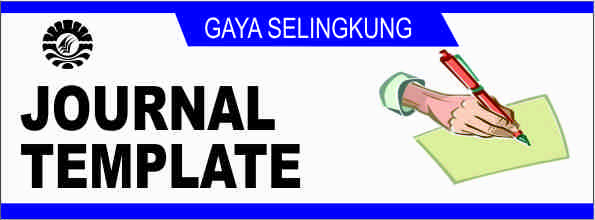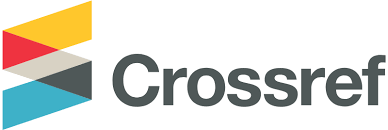Psycho-demographic factors predisposing school adjustment among In-school adolescents in Osun state, Nigeria.
(1) University of Ibadan
(*) Corresponding Author
DOI: https://doi.org/10.26858/jppk.v6i1.13059
Abstract
The study examines the Psycho-demographic factors predisposing school adjustment among In-school adolescents in Osun state, Nigeria. The study adopted a descriptive design of correlational type. A Sample of three hundred In-school adolescents were selected using a multi-stage sampling technique. Data collected were analyzed using Pearson Product Moment Correlation, T-test and Multiple regression analysis. Results indicated School adjustment positively correlated with peer pressure (r= .461, p< 0.05), emotional instability (r = .665, p<0.05) while school adjustment is negatively correlated with gender (r= -.332, p<0.05). All the independent variables jointly accounted for 48.5% variance in predicting school adjustment among In-school adolescents. Two out of three predictors (emotional stability and gender) are potent predictors of school adjustment. The most potent factor was emotional stability (β = .591, t= 11.611, P<0.05), followed by gender (β = -.205, t= -4.757, P<0.05 except peer pressure (β = .062, t= 1.198, P>0.05) which is not a potent predictor of school adjustment. This implies that, an increased influence of emotional stability will increase school adjustment by 59.1% and gender will increase school adjustment by 20.5%. Also, the T-test analysis reveal a significant difference in the school adjustment of male and female; t (298) = 6.081, p<0.05.
Keywords
Full Text:
PDFReferences
Allen, P, McGarland, M, & Elhaney, M.C. 2005. The two faces of adolescents
success with peers: Adolescent popularity, social adaptation and deviant
behaviour. Child Development..meg-ha and jinriksha, 76, 757-760.
Burgess T, Crocombe L, Kelly J, Seet P.S. 2009. The effect of cultural background on the academic adjustment of first year dental students. Ergo, 1(2): 5-24.
Dickens, W.T. 2006. “Cognitive Ability” The New Dictionary of Economics, Steve Durlauf ed.
Hardcastle, M. 2002. Beating peer pressure your guide to teen advise. California:
Advice Book.
Hartney, E. 2011. What is peer pleasure? Retrieved fromwww.arbeitsblaetter.com. 12/3/2016.
Kiuru, N., Nurmi J., Aunola K., Salmela – Aro, K. (2009). Peer group homogeneity in adolescents’ school adjustment varies according to peer group type and gender. International Journal of Behavioral Development 33 (1) 65-76
Knyazev G. G., Slobodskaya H. R., Safronova M. V., & Kinsht I. A. (2002). School adjustment and health in Russian adolescents. Psychology, Health and Medicine 7 2 143 – 155
Omotere, T. 2011. The effects of study habit on the academic performance of students. Ogun: Ego Booster Books.
Reber, A. 2001. Emotional stability among college youth. Journal of the Indian Academy of Applied Psychology, 31(1-2), 100-102.
Vasalampi, K. Salmela-Aro K., Nurmi, J. (2009) Adolescents self concordance, school engagement, and burnout predict their educational trajectories. European psychologist vol 14 (4)
Wang, Z., Chen, X., Sorrentino, R. & Szeto, A. C. (2008). Uncertainty orientation in Chinese children: Relations with school and psychological adjustment. International Journal of Behavioral Development 32 (2) 137-144
Wentzel, K.R. 2002. “Are effective teachers like good parents? Teaching styles and student adjustment in early adolescence,” Child development, 73(1), pp.287-301.
Article Metrics
Abstract view : 312 times | PDF view : 2 timesRefbacks
- There are currently no refbacks.
Copyright (c) 2020 Ernest Okpako

This work is licensed under a Creative Commons Attribution-NonCommercial-NoDerivatives 4.0 International License.
Published by:
Guidance and Counseling Study Program,
Graduate Program of Universitas Negeri Makassar
Address : Jalan Bonto Langkasa Gunungsari Baru Makassar,
90222 .Kampus PPs UNM Makassar, Building AD Room 306
Lt II Study Program BK, Indonesia

Email: jppk@unm.ac.id
p-ISSN : 2443-2202
e-ISSN : 2477-2518
JPPK UNM Indexed by:

JPPK UNM is licensed under a Lisensi Creative Commons Atribusi-NonKomersial-TanpaTurunan 4.0 Internasional.




















